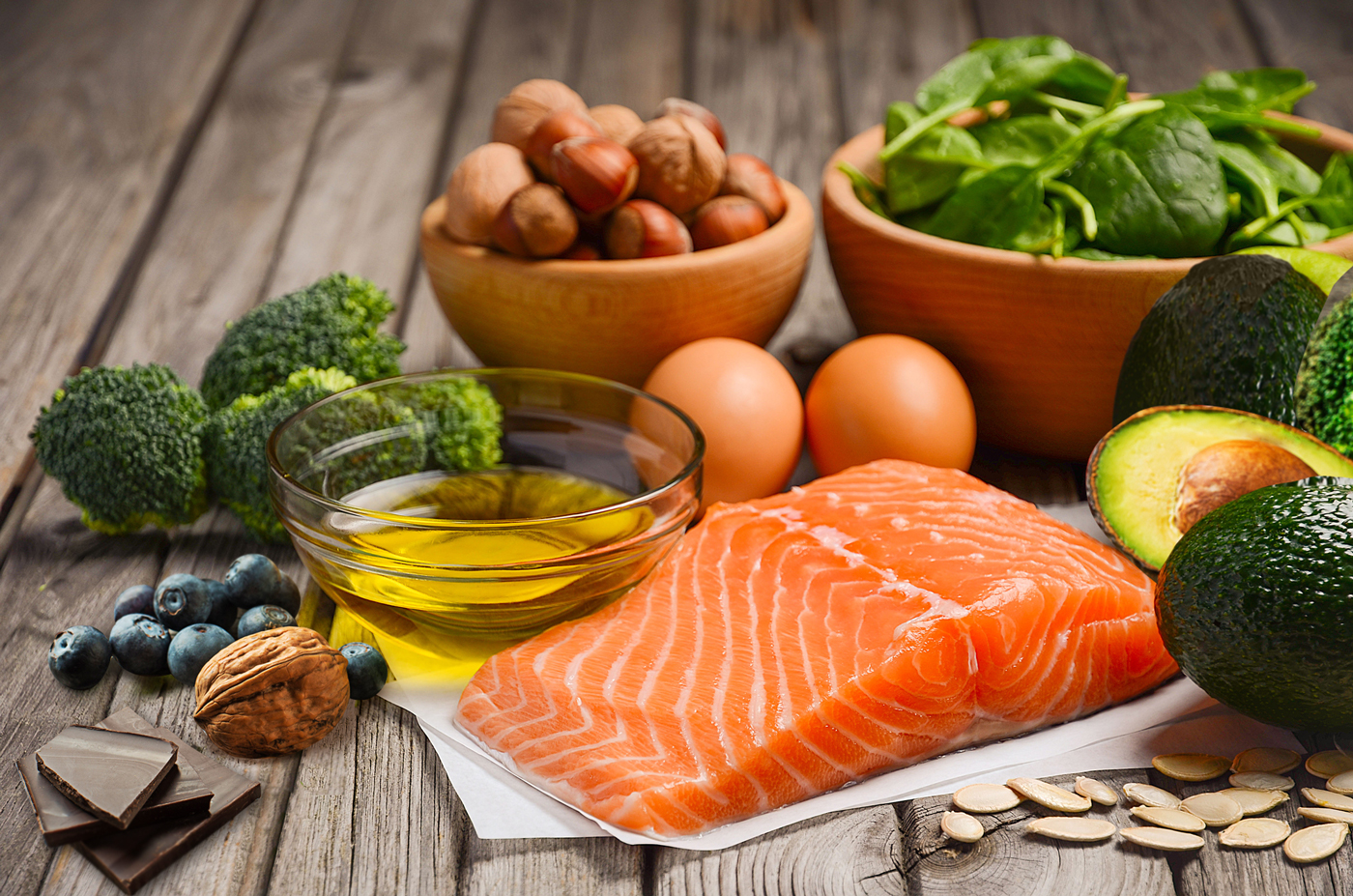

Based on the factor analysis results, these Kansei words were then into 6-factor groups.

The semantic space spanning resulted in 23 pairs of Kansei words that related and represented healthy food photos. The process of factor reduction from the results of the semantic differential was carried out by using factor analysis to obtain the most critical factors related to healthy food photos. The type of Kansei engineering used in this study was Kansei Engineering Type I and was limited to the Semantic Space stage. Through Kansei Engineering, we can determine the nature of healthy food photos consumers want. This study employed the Kansei Engineering approach in designing healthy food photos. Therefore, more research is needed on the properties of healthy food photos desired by consumers in order to be able to create or design healthy food photos with an effect that resembles photos of high-fat and high-calorie foods. However, this only applies to high-fat and high-calorie foods, while healthy foods do not have the same stimuli. In addition, social media exposure that presents food photos can trigger the desire to eat. Nevertheless, on the other hand, lockdowns also increase human psychological problems to cause the emergence of emotional eating. Lockdown is one way to reduce the transmission rate of COVID-19. Overall, the findings do not corroborate the efficacy of imagined eating within a real-life context. These results may be explained by differences in the experimental tasks’ dose–response relationships, as well as environmental-contextual disturbances. In contrast, the differences between imagined and actual eating were significant. The resulting data showed generally no difference between the imagined eating and control conditions, which stands in conflict with the prior literature. Before and after the experimental manipulation, the participants recorded their eating desires and enjoyment of a piece of chocolate candy. Each condition consisted of thirty trials. The participants were randomized between three experimental conditions: imagined eating, actual eating, and control. Three-hundred participants took part in an experiment at a local food festival. This work contains the first comparison between imagined eating and actual eating, to investigate how the simulated activity fares against its real counterpart in terms of inducing satiation. One example is repeated imagined consumption, which has been demonstrated to decrease subsequent food consumption. However, some studies have also identified potentially health-promoting effects of exposure to visual food stimuli. The development and increasing adoption of Extended Reality (XR) experiences, which deliver an unprecedented immersion in digital content, would seem to carry the risk of further exacerbating the consequences of visual food exposure on real-world eating behavior.

Ubiquitous exposure to visual food content has been implicated in the development of obesity with both individual and societal costs. Instead, we offer the view that active participation in food photography, in conjunction with a selective use of food-related digital media, might contribute to healthy body weight management and enhanced meal pleasure. We do not want to rest on the idea that food imagery’s current prevalence is a core negative influence per se. Moreover, this review provides an outlook of future research opportunities, both to close the gaps in our scientific understanding of the physiological and psychological interaction between digital food photography and actual eating behavior, and, from a practical viewpoint, to optimize our digital food media habits to support an obesity-preventive lifestyle. This review presents an overview of whether and how the (1) viewing, (2) creating, and (3) online sharing of digital food photography can influence consumer eating behavior. The bombardment of appetizing food images and photography – colloquially referred to as “food porn” – has become a significant aspect of the digital food experience. With the recent COVID-19 outbreak affecting almost all aspects of society, many people have moved their social eating activities into the digital space, making the question as relevant as ever. In recent years, researchers have started to question the role of our novel yet ubiquitous use of digital media in the development of obesity.


 0 kommentar(er)
0 kommentar(er)
